Canon RF 50mm F1.2L Review
Dustin Abbott
December 27th, 2019
From the beginning of Canon’s move into full frame mirrorless, it was clear that the strength of the platform is in its lenses. Being unshackled from the limitations of the EF mount (which debuted in 1987!!!) has unleashed all kinds of fresh creativity from Canon, and within just a relatively brief period since the launch of the EOS R we have seen them release the kinds of lenses that seemed impossible for them to produce before. Zooms with maximum apertures greater than F2.8, wide angle zooms that reach to 15mm and yet can use traditional filters, and a 24-70mm F2.8 zoom with Image Stabilization. While the bargain lenses for the RF mount are still few (though thankfully some third party support has started to come), Canon has delivered a number of their very best lenses yet on the RF mount…and one of those is the Canon RF 50mm F1.2L, which is one of the best performing 50mm lenses, well, ever. It’s large, heavy, and expensive, but is also one amazing piece of kit. The RF50L (which I’ll refer to it as for brevity) is not for the faint of heart.
There are two different ways to frame the discussion about the RF50L. One perspective is that the lens is ridiculous. Ridiculously large, ridiculously heavy, and ridiculously expensive for a 50mm lens. The EF 50mm F1.2L weighs 1.3 lb (580g); the RF 50mm F1.2L weighs 2.1 lb (950g) – 64% more! The EF 50L is 3.38 (D) x 2.58″(L) or 85.8 x 65.5mm while the RF is 3.54 (D) x 4.25″ (L) or 89.8 x 108mm – that’s 65% longer. The RF lens costs nearly $1000 more. The only 50mm(ish) lens that I’ve reviewed that was larger and more expensive has been the Zeiss Otus 55mm F1.4. Some people will write of the RF50L and say it is too big, too heavy, and too expensive…and they wouldn’t be wrong.
But there’s another way to look at this lens. When one considers that the performance of the RF50L is pretty similar to the Otus but adds autofocus and weather sealing…and costs $1300 less, suddenly this becomes a different story. The RF50L is very likely the best autofocusing 50mm lens in existence, and the fact that it adds a faster-than-typical maximum aperture of F1.2 makes it a very interesting proposition for portrait photographers who want their work to stand out from the crowd, or for wedding photographers that want to shoot in extremely low light conditions at wide apertures (on the EOS R the 50L can focus in conditions as low as -6EV – a record!). People routinely spend more than $2000 for telephoto lenses, but most people will probably earn more money with a good 50mm lens than they ever would with a telephoto. They would argue that the size, heft, and expense is completely worth it for the superior results they can get with the lens…and they wouldn’t be wrong. Look at how crisp it is at F1.2:
There’s no universal right answer to this question. Big, heavy, expensive lenses are not for some people…but they are for others. The point of this review is not to pass verdict one way or another but rather to equip you to decide which is the right answer for you!If you want more EOS R content, check out the video below where I detail why I took a second look at the Canon EOS R and bought one in late 2019 after passing on it in 2018.
Check me out on: My Patreon: | Google+: | Facebook: | Twitter: | Flickr: | 500px: | Sign Up for My Newsletter :
This review was done on a Canon EOS R body.
Canon RF50L Build and Handling
Check out this video episode for an close up look at the lens and its features along with a look at the autofocus performance:
As noted in the introduction, this is a very large lens. It dwarfs the existing EF 50mm F1.2L, and is significantly larger than even the large Sigma 50mm F1.4 ART or the Sony Zeiss Planar 50mm F1.4 on the Sony FE front. I own the latter lens, and while it is definitely on the large side for a 50mm lens, it is 22% lighter and clearly smaller in girth. The Zeiss Otus is both longer and heavier still, but the RF50L is closer in size to that lens than most of the typical 50mm F1.4 lenses. While Canon has managed to leverage some of the advantages of mirrorless to shrink the size of some of their zoom lenses (24-105mm and 70-200mm), they have not elected to follow that course with the major prime lenses released thus far. They have instead prioritized building optically superior lenses designed for working professionals who want something to set their work apart. Lenses like the RF50L, for all their expense, are system sellers, and that will become even truer when Canon releases higher end mirrorless bodies.
The RF50L is designed to a very robust, professional-grade standard. It is thoroughly weather sealed, with a thick gasket at the rear mount, fluorine coating on the front element, and no less than 10 other seal points that I can count in the diagram below, including seals at the switches and rings.
It’s not only thorough sealing, however, as Canon touts that the RF50L also has something they call “Vibration Shock Resistance”. They explain this as, “Engineered to accommodate its optical system, the RF 50mm F1.2 L USM lens features L series level vibration shock resistance in the lens barrel, helping to maintain focus and settings even in turbulent situations.” I interpret this to mean that the lens is reinforced in such a way that it will be able to take some knocks and remain optically centered and mechanically sound. Canon also states that the lens is, “the RF 50mm F1.2 L USM lens is built to endure the rigors of professional use. Constructed to be rugged, refined and precise…”
I see nothing that would make me gainsay this, as the lens has a feel of being very robust, and my experience even with lesser L series lenses is that they tend to be well engineered and durable.
Up front we find a common 77mm front filter thread along with a petal-shaped hood complete with internal ribs (to keep light from bouncing around) and a small locking mechanism to keep the hood from getting inadvertently crooked during use. The front element will appear recessed when the lens is powered off, as this is a front-focusing design and the front elements will move forward (inside the lens housing) when focusing closely. The physical length of the lens does not change during focus.
There are two rings on the lens. The closest to the front of the lens is the control ring, which you can select the function of inside the camera body. I personally have mine set to EV Compensation right now, which is something I use often in winter conditions to adjust for the snow (which often causes metering systems to underexpose). You might also use it like an aperture ring or a number of other options. Canon will “declick” the control ring for aperture use for an additional cost. The control ring is a unique feature to Canon’s RF mount lenses and sets them apart from competitors.
More standard is the wide, ribbed manual focus ring with a rubberized texture. The damping on this ring is quite light (I would prefer a little heavier, myself). Like other mirrorless lenses, manual focus is “focus-by-wire”, where focus input on the ring is routed through the focus motor, which then moves the elements. Input lag isn’t bad, though there isn’t a whole lot of “feel” to the manual focus process. The good news is that you’ll probably rarely have to use it, as autofocus is very efficient.
There are two switches on the side of the lens barrel. One gives you direct control over AF/MF (always appreciated), and the other is actually a focus limiter. The latter is a little unusual on a 50mm lens, but the RF50L can focus down a little closer than many 50mm lenses (1.31′ or 40 cm) and has a very useful 0.19x maximum magnification figure. Unlike the cheap EF 50mm F1.8 STM, close-up performance here is excellent.
This gives you some additional framing options with the lens, and performance up close even at F1.2 is exceptional:
The maximum aperture of F1.2 will crush backgrounds at MFD and allow your subject to really stand out.
The lens is designed around a metal mount and internals and has a poly-carbonate (engineered plastics) shell in a low glass, matted finish that is very resistant to fingerprints and scratches. I suspect this is a lens that will wear very well.
There is a ten-bladed aperture that does a nice job of retaining a circular shape when stopped down:
Here’s a look at how the bokeh circles look at F1.2, F2.8, and F5.6:
While you can start to see the shape of the aperture blades, the overall impression is roundness at smaller apertures due to the higher blade count.
So, while the lens is physically large and heavy, at least you are getting a very well-made, robust lens in tradeoff that is designed to be used in the various less-than-deal weather conditions that we photographers often find ourselves in.
Canon RF 50mm F1.2L Autofocus Performance
Canon has chosen to employ a ring-type USM (Ultrasonic Motor) rather than their Nano-USM technology employed in some of the other RF lenses. That may have to do with the additional torque required to move such large and heavy glass elements as found in this F1.2 lens. I have found Nano-USM to be the faster and quieter technologies of the two (and a little more refined for video AF), but I suspect that Nano-USM is not really designed for these “far-from-nano” lens elements here. I’ve observed the same irony on the Sony platform where the smaller F1.8 lenses (35mm, 55mm, and 85mm) often show faster, quieter, and smoother autofocus than the bigger F1.4 (Distagon, Planar, and GM) options.
That being said, autofocus here is more positive than negative. Autofocus is fairly fast but not instant. You will actually perceive focus moving forward rather than instantly arriving there, though using the focus limiter seems to make a significant different in focus acquisition speed if you don’t need to focus closely. More minor focus adjustments (like for a portrait session) are closer to instant, and you will only notice slower focus when making a major focus adjustment. These happen much less often when you have the focus limiter attached.
The RF50L is the kind of lens you’ll want to shoot a LOT at F1.2, so having critically good focus accuracy is important…and that’s exactly what you get here. I was able to pick up out objects at varying points in the frame with ease and get outstanding focus accuracy.
It’s a wonderful reminder of how fantastic it is to get to use wide aperture glass on a mirrorless system where you have thousands of AF points position everywhere. You can focus wherever you want and expect highly accurate results.
No worries about focus and recompose or trying to use the “more sensitive” center points. With mirrorless I often keep all points active and just override by putting a finger on the LCD if focus doesn’t automatically grab what I want. Most of the time it does!
One of the significant improvements to the EOS R body that I used for this review has been that firmware updates have enabled full-time Eye AF, and it worked fantastic in a portrait session. The conditions were beautiful…except they were cold and windy and so ice particles kept blowing into my model’s eyes. A lot of shots were ruined by her instinctively closing her eyes when something blew into them (only natural!), but I noted that every single shot (out of more than 40 at varying focus distances) were perfectly focused on the eyes. Bravo!
The only fly in the ointment for eye AF on Canon (vs Sony) is that Canon has not yet developed an equivalent of Pet AF. I found that animal eyes are not detected, and you can tell the difference. Focus here grabbed the more prominent nose, leaving the eyes out of focus (DOF is very shallow at F1.2):
One huge asset for this combination is low light performance. I was able to lock focus with surprising speed in near dark conditions. In the second shot it was dark enough that I could not see the boxes that I was focusing on with the naked eye, but the amazing sensitivity of the 1.2 aperture and great focus system (Canon says it can focus at a record -6EV) showed me in the dark what to aim the camera at, and focus quickly locked. Very impressive!
For perspective, the last shot was 1/25th of a second even at ISO 40,000 and an aperture of F1.2. That’s every dark! But even so, that only calculates to a -3.5 EV, which means I still didn’t hit the limits of how dark of conditions this lens can focus at on an EOS R (that would take an exposure of about 1/5th second)…a LOT darker! The major takeaway is that this is going to be a FANTASTIC lens for those who shoot weddings or events in low-light venues, and even portrait photographers have so many options of the kind of lighting they can use of portrait shoots. Pretty awesome!
Canon RF50L Image Quality
If this lens has not made sense thus far, all is about to become clear. Yes, the RF50L is big, heavy, and expensive…but it is a truly exceptional performer. You can get a clear picture of this by watching Part 2 of my video review:
When checking for vignette and distortion we find that distortion is essentially non-existent but that there is a fairly heavy amount of vignette. This isn’t surprising in a lens with such a wide maximum aperture. The standard profile in-camera for JPEGs or the profile in post for RAW does a good job of cleaning up the vignette.
There will be some scenarios where you might like to leave the vignette, however, as it is a nicely linear one that looks good with certain images (like this one).
In snowy or bright scenes, however, the vignette is far less desirable.
Bottom line, though, is that you have a choice on how to handle the vignette, and that’s a good thing. The profiles in camera or software will clear it up nicely if you don’t want it, and distortion is essentially a non-issue.
When we look at the wide open (F1.2) resolution, we discover that there are already very high levels of resolution and contrast in the center of the frame, with a mild dropoff taking place towards the edges of the frame.
If we take this into the real world, we discover that the RF50L is brilliantly sharp at various focus distances. This again is much like the Zeiss Otus lenses in the ability to have incredibly acutance at any focus distance rather than being optimized for just one.
On some of those crops you might detect the fact that longitudinal chromatic aberrations are controlled by not eliminated. You can see minor traces of either purple or green fringing at a pixel level in extreme situations. Here’s an example from minimum focus (blown up to exaggerate):
Ironically, however, I’ve learned that this may be best-case scenario for me personally. If LoCA is well-enough controlled to not be a factor in my images but not “over-corrected”, it typically results in softer bokeh (which I believe to be the case here). The Otus lenses are Apochromatic (which I am a fan of), but I’ve noted that the tradeoff can be slightly more contrasty bokeh (that amazing contrast from APO lenses is hard to “turn off” when transitioning to defocus).
If I compare the lens to perhaps the best autofocusing 50mm lens that I’ve previously reviewed – the Sony Zeiss Planar 50mm F1.4 – there are a few interesting observations. First, a few caveats: 1) cross-platform comparisons are somewhat problematic. The two cameras (EOS R [30Mp] and Sony a7RIII [42Mp]) have different resolutions (the main reason why one looks larger than the other, though they weren’t at identical distances, either, because 2) the difference in shutter speed is that my first set of images from the Planar weren’t focus precisely enough for my tastes. I redid them and the ambient light (while still plenty bright) wasn’t as high as before (an overcast day, though this time of year in the north the afternoons are brief and the light drops quickly).
Qualifiers aside, I found that the RF50L exhibited slightly higher levels of contrast and resolution than the Sony at F1.4 despite the a7RIII’s sensor advantage. The Canon has managed to improve over an already exceptional lens. You can also expect larger, softer bokeh highlights due to the aperture advantage of the Canon. So, to get both better resolution and softer bokeh is pretty awesome! The tradeoff is that you are dealing with a larger, heavier, and more expensive lens over a lens that was already large, heavy, and expensive for a 50mm option!
When stopped down to F2, the advantage in the center of the frame is lessened, as both lenses are exceptional, but the Canon shows a clear advantage in the corners where it is now brilliantly sharp and the Planar shows less contrast.
F2.8 brings flawless resolution across the entire frame for the RF50L; it is brilliant in both contrast and resolution from corner to corner.
At landscape apertures the lens is just incredible. This particularly photo really stands out for how beautifully all the complex textures across the frame are rendered. Even though there is falling snow slightly obscuring the distant textures, you can see that the lens is drawing perfectly out to infinity. Really, really impressive.
This makes me really wish for a higher resolution R body to pair this lens with. One gets the impression that the 30Mp sensor of the EOS R isn’t even making this lens break a sweat. Landscapes look great even on the R, however.
For having such large elements, flare resistance is actually fairly good. At large apertures there is only a bit of veiling with minimal ghosting. Stopping the lens down will introduce a more defined ghosting pattern. Most of what I saw over my review falls into the basket of artistic rather than disruptive.
While bokeh is a subjective measure, I doubt there are any who will complain about the bokeh from the RF50L. It is not only beautiful, but the amount of bokeh one can create from a lens with only a moderate focal length is truly impressive.
I’ve purposefully included both background and foreground bokeh examples, here, and I think you’ll agree that all are nice. There is some cat-eye geometric deformation along the edges of the frame wide open (typical), but the quality of the blur in a variety of situations is extremely nice.
While I’m not shooting at the most colorful season of the year, it is still pretty easy to see that colors are exceptional from the lens.
In short, there is very, very little to optically criticize from the RF50L. It’s an intensely good optical performer. I don’t have space in the review to include as many photos as I would like, so I recommend that you visit my photo gallery for the lens here.
Conclusion
As noted at the beginning of the review, a lens with this kind of size and price tag is going to be somewhat polarizing in some areas. Some people are going to be turned off by a physically massive 50mm lens when they envisioned mirrorless as a place for smaller, lighter, more portable photography. Others are going to be turned off by the high price tag (MSRP in the US is $2299, though at the moment of the review there is a $200 price reduction). For some their revulsion at the price is simple economics; the price tag puts the lens out of their reach. For others it the perception of a 50mm (standard) lens costing more than the cameras it could be mounted on.
Where we can all agree, however, is in the performance of the Canon RF 50mm F1.2L; this is the kind of performance we would ALL love to have in our bag! The resolution, contrast, and bokeh from the lens are simply superb. You can get highly highly detailed images like this even at F1.2:
Furthermore, the pairing of an F1.2 with a mirrorless camera with an exceptional focus system (like on the EOS R) is a match made in heaven. You can focus wherever you want in the frame with impunity and get consistently well-focused results. This is really liberating for portrait or event photographers, for example, as you spend much less time getting the focus point where you want and more time just nailing shots and being “in the moment” of shooting. So, if your budget extends into somewhat silly range, the Canon RF 50mm F1.2L is a lens well worth considering. It is a lens that will only get better as Canon delivers higher resolution cameras with great dynamic range. In short, it’s a treat to use once you get over the sticker shock!
Pros:
- Outstanding build with advanced weather sealing
- Fabulous optical performance
- Great resolution across the frame
- Good contrast
- Lovely bokeh
- Accurate focus at any distance or point in the frame
- Good control of flare and aberrations
Cons:
- Extremely expensive
- Large and heavy
Gear Used:
Purchase the Canon EOS R @ B&H Photo | Amazon | Amazon Canada | Amazon UK | Amazon Germany | Ebay
Purchase the Canon RF 50mm F1.2L: B&H Photo | Amazon | Amazon Canada | Amazon UK | Amazon Germany | Ebay
Peak Design Slide Lite: Peak Design Store | B&H Photo | Amazon | Amazon Canada | Amazon UK
Peak Design Leash Strap: Peak Design Store | B&H Photo | Amazon | Amazon Canada | Amazon UK
BenQ SW271 4K Photo Editing Monitor – B&H Photo | Amazon | Amazon.ca | Amazon UK
Adobe Photoshop Creative Cloud 1-Year Subscription
Exposure Software X5 (Use Code “dustinabbott” to get 10% anything and everything)
Visit Dustin’s Amazon Storefront and see his favorite gear

Purchasing your gear through B&H and these links helps fund this website and keeps the articles coming. You can also make a donation here if you would like. Visit my Amazon page for some of my gear of choice! Thank you for your support.
Great News! I can now offer a 5% discount on all purchases at Amplis Foto, Canada’s Leading Photographic Supplier. Please enter discount code: AMPLIS52018DA in your cart. It is good for everything in your cart, and is stackable with other coupons, too! It will take 5% off your entire order! Proceeds go towards keeping this site going and providing you with new reviews!
Check me out on: My Patreon | Sign Up for My Newsletter | Instagram | Facebook | Twitter | Flickr | 500px | Google+ |
Use Code “DUSTINHDR” to get $10 off ($15 CDN) any Skylum product: Luminar, Aurora, or AirMagic
Keywords: Canon RF 50mm 1.2, Canon RF 50mm F1.2L, Canon 50 1.2, RF 50 1.2, Canon RF 50mm Review, RF, 50mm, 1.2, 1.2L, F1.2L, Review, Canon EOS R, EOS R, Canon, Mirrorless, Dustin Abbott, Review, Hands-On, Sample Images, Video, AF, Resolution, Demonstration, Focus, Bokeh, Portrait
DISCLAIMER: This article and description contains affiliate links, which means that if you click on one of the product links, I’ll receive a small commission. As an Amazon Associate I earn from qualifying purchases.











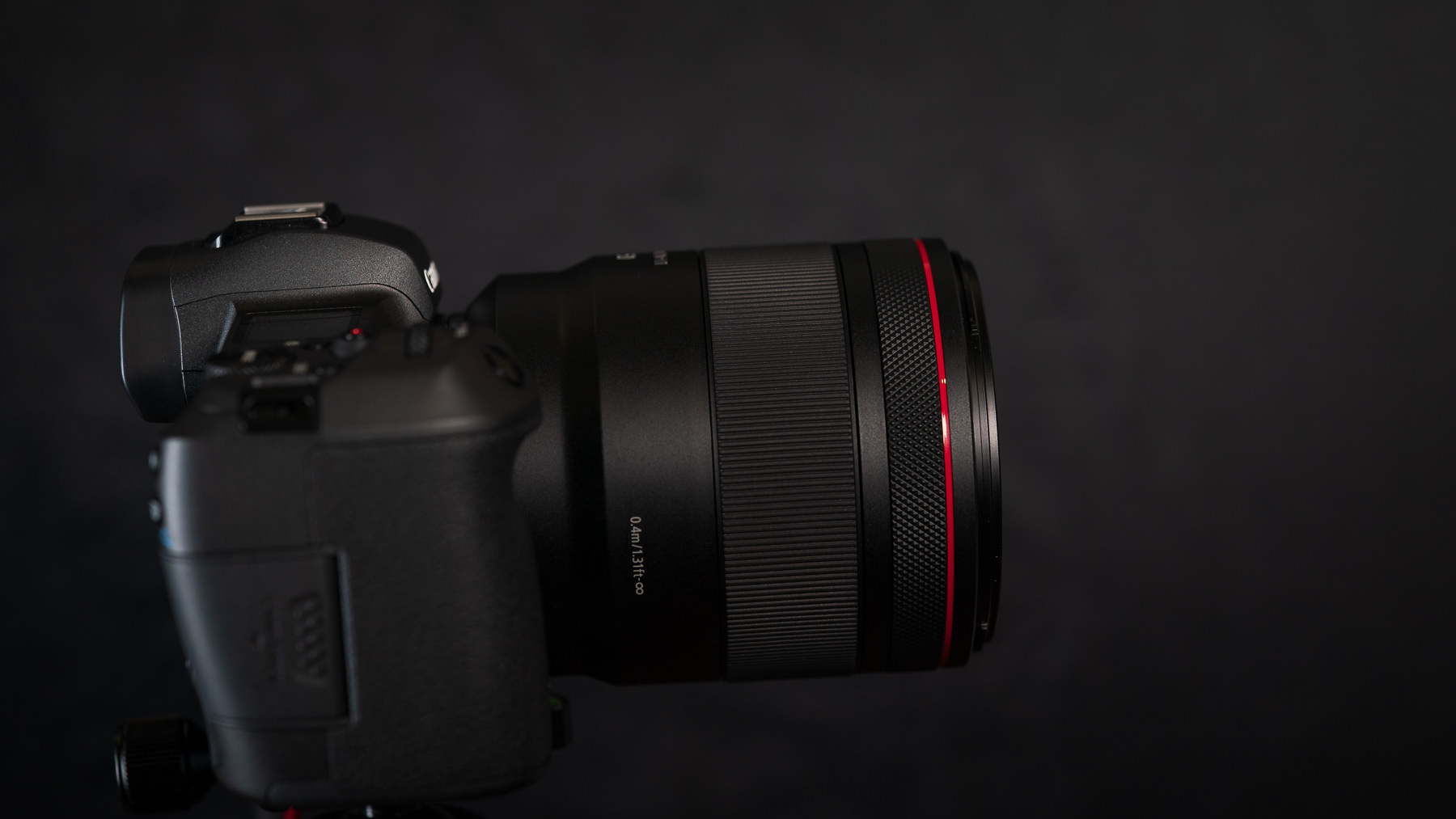
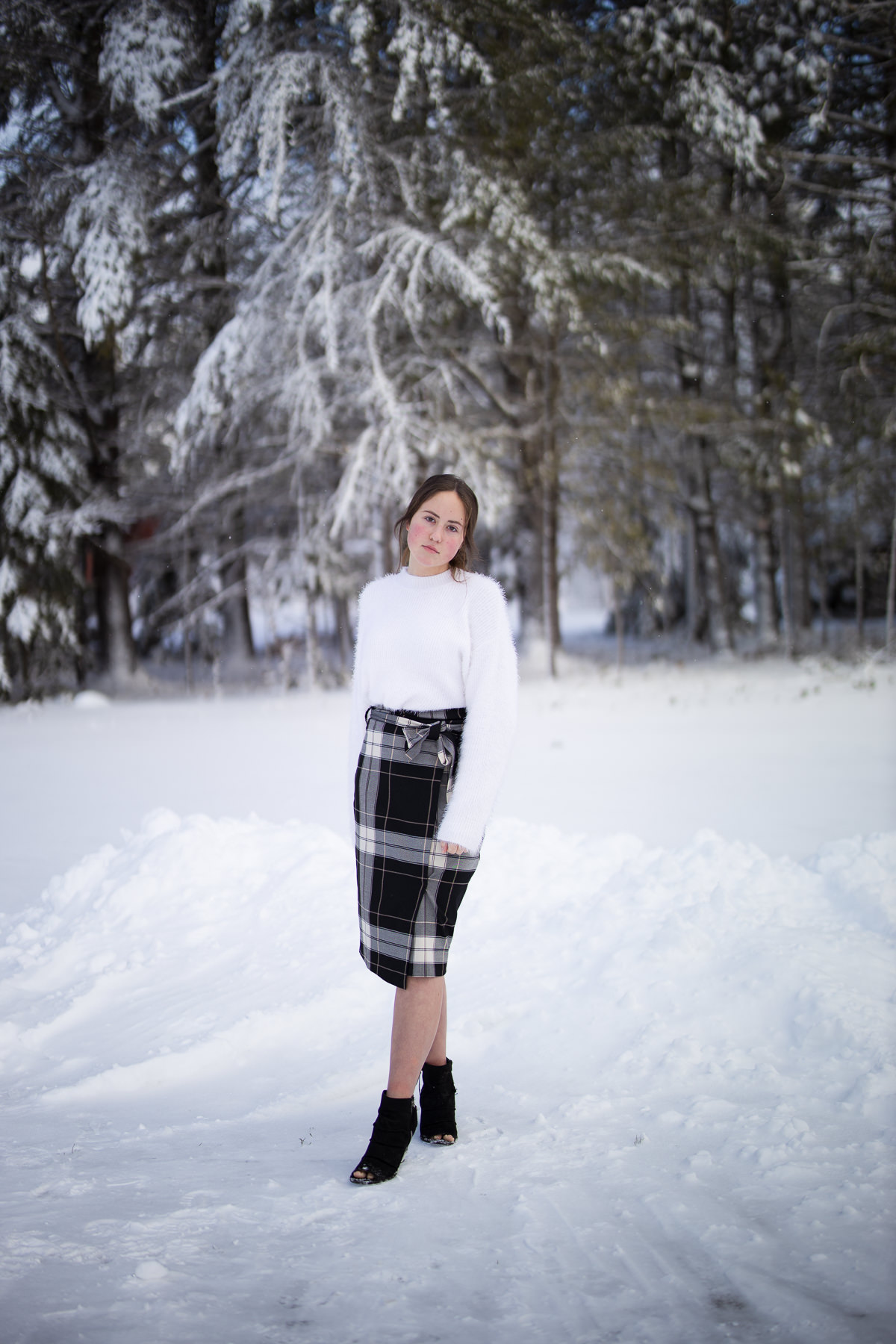


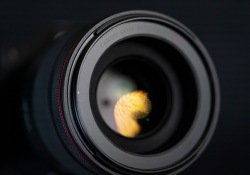
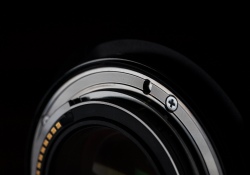

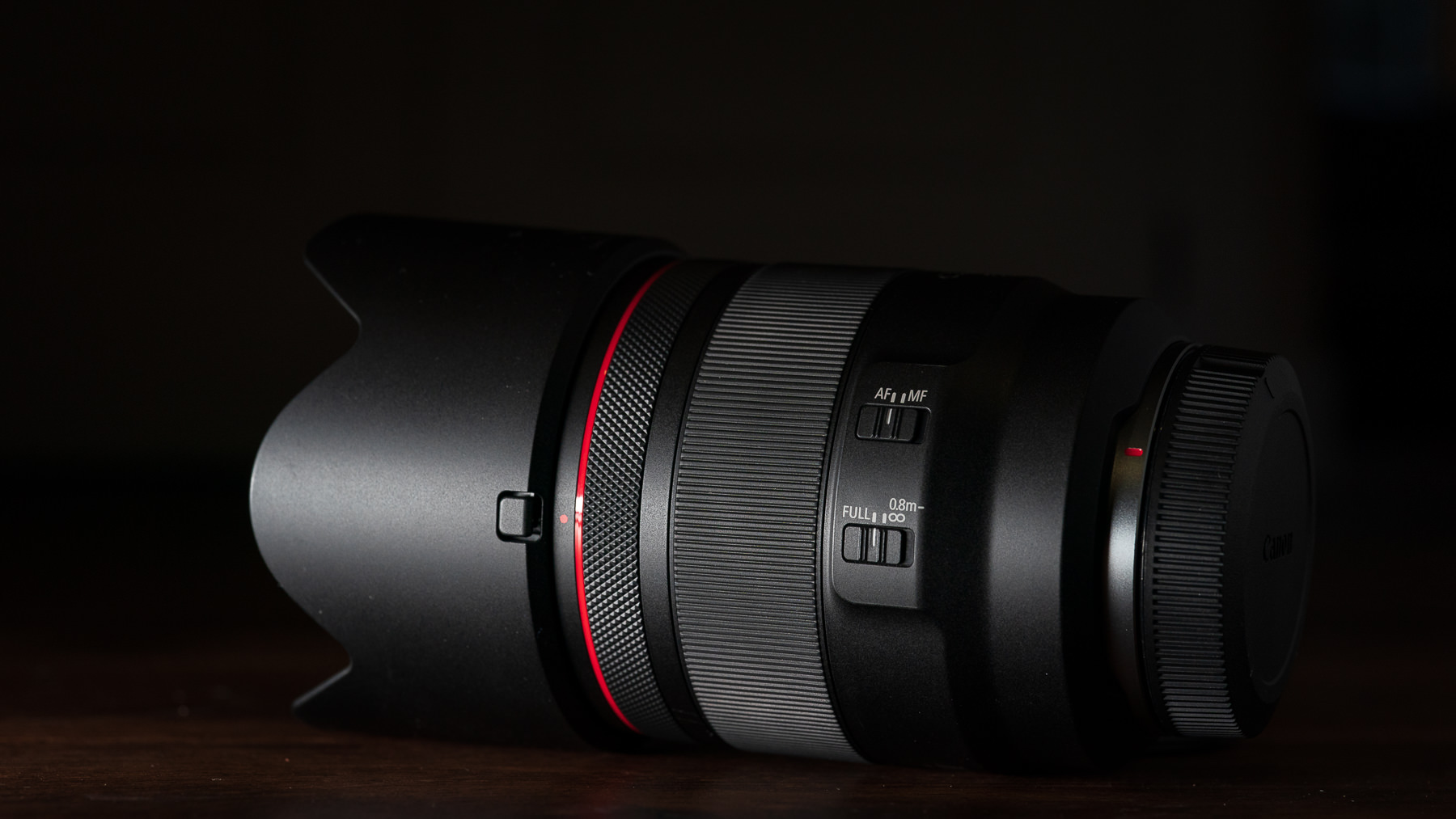
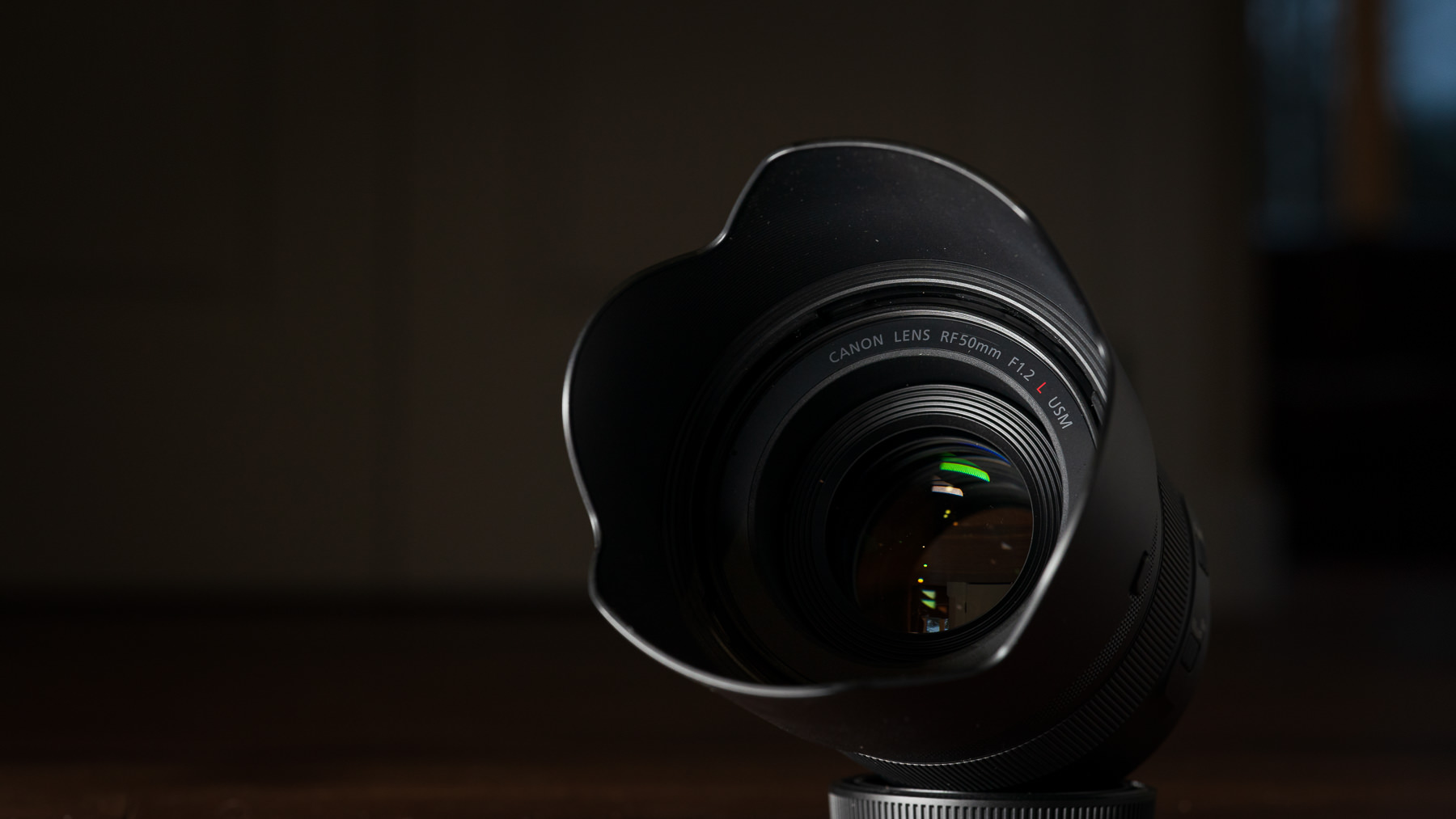


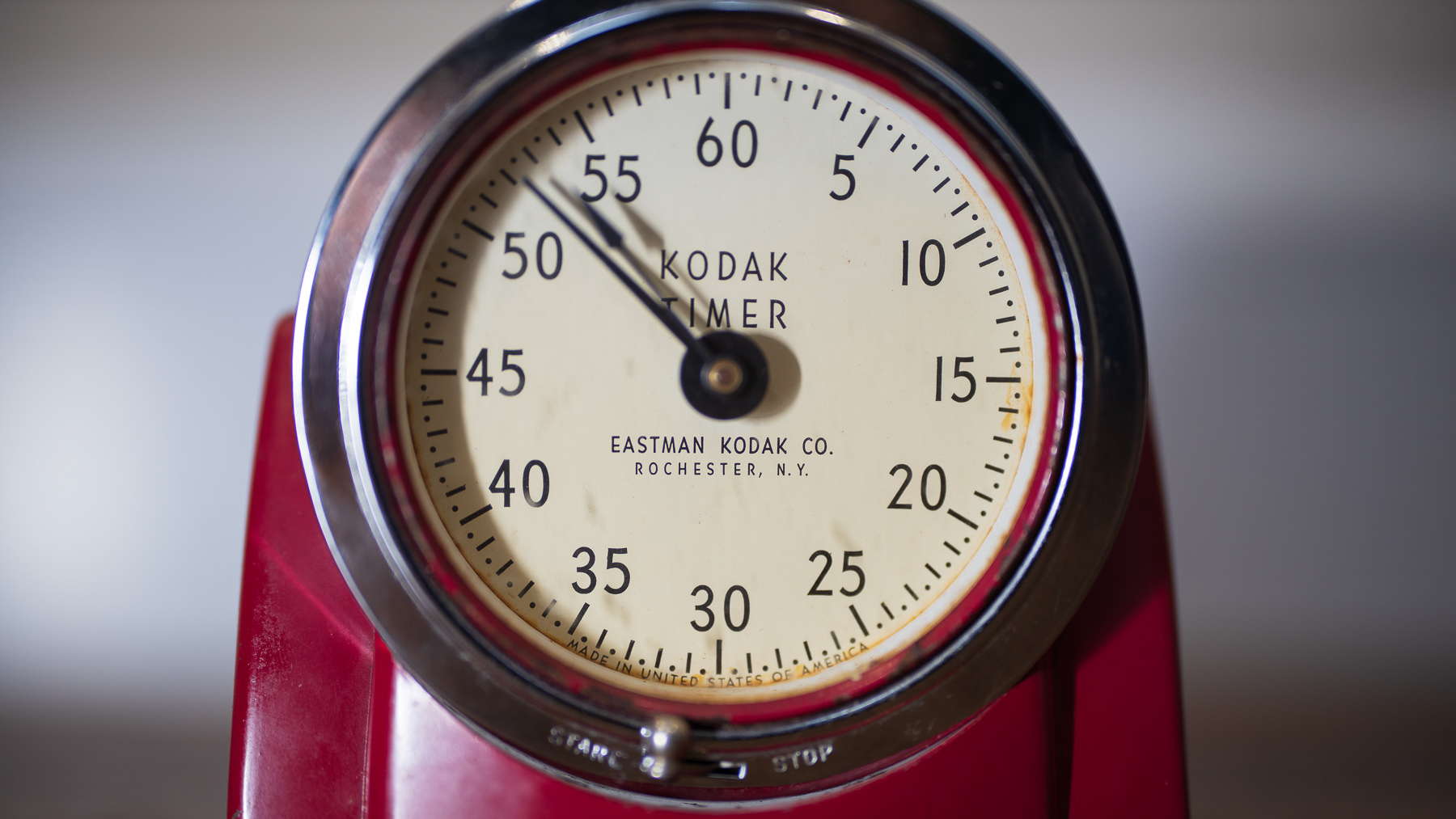

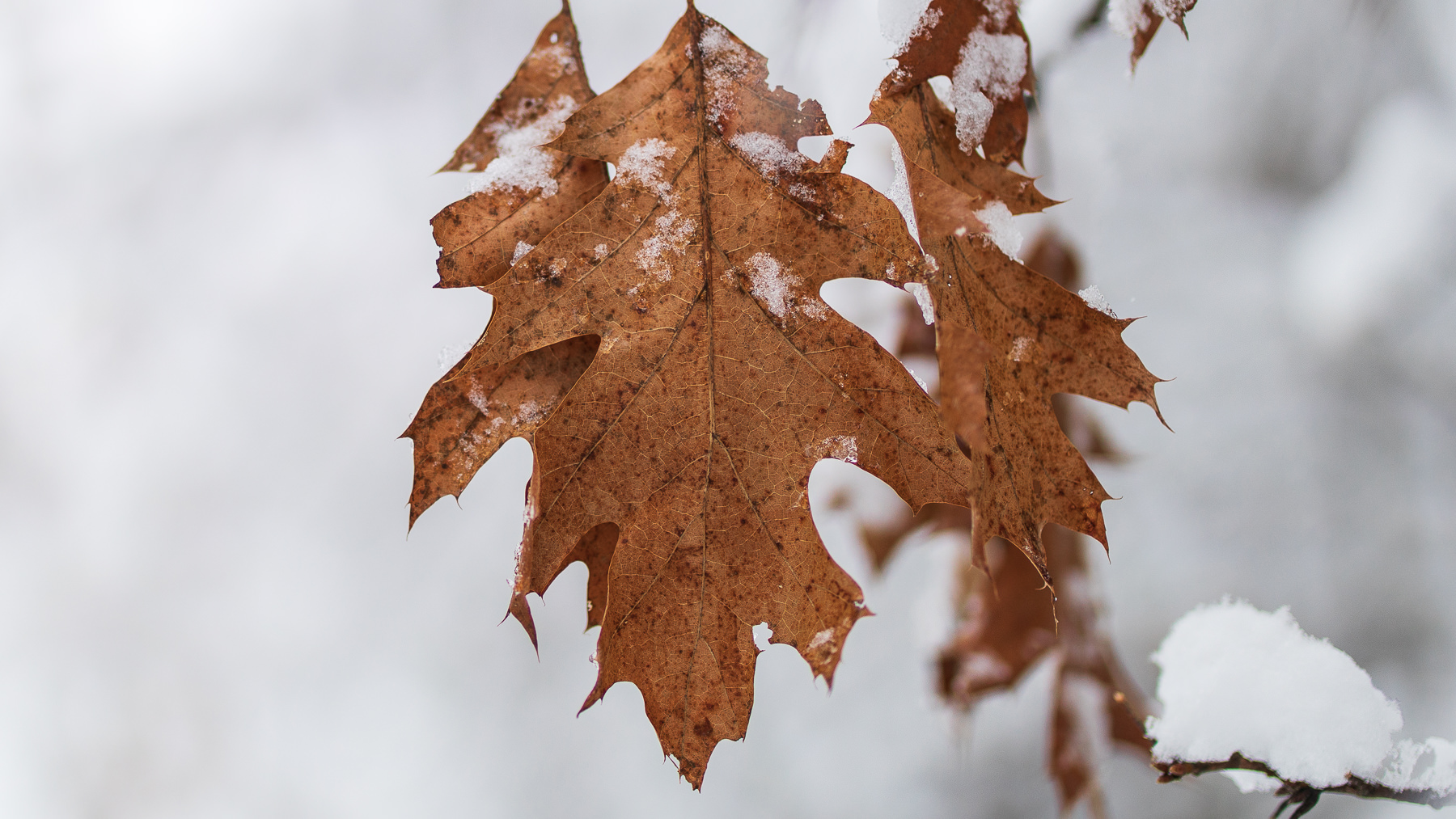
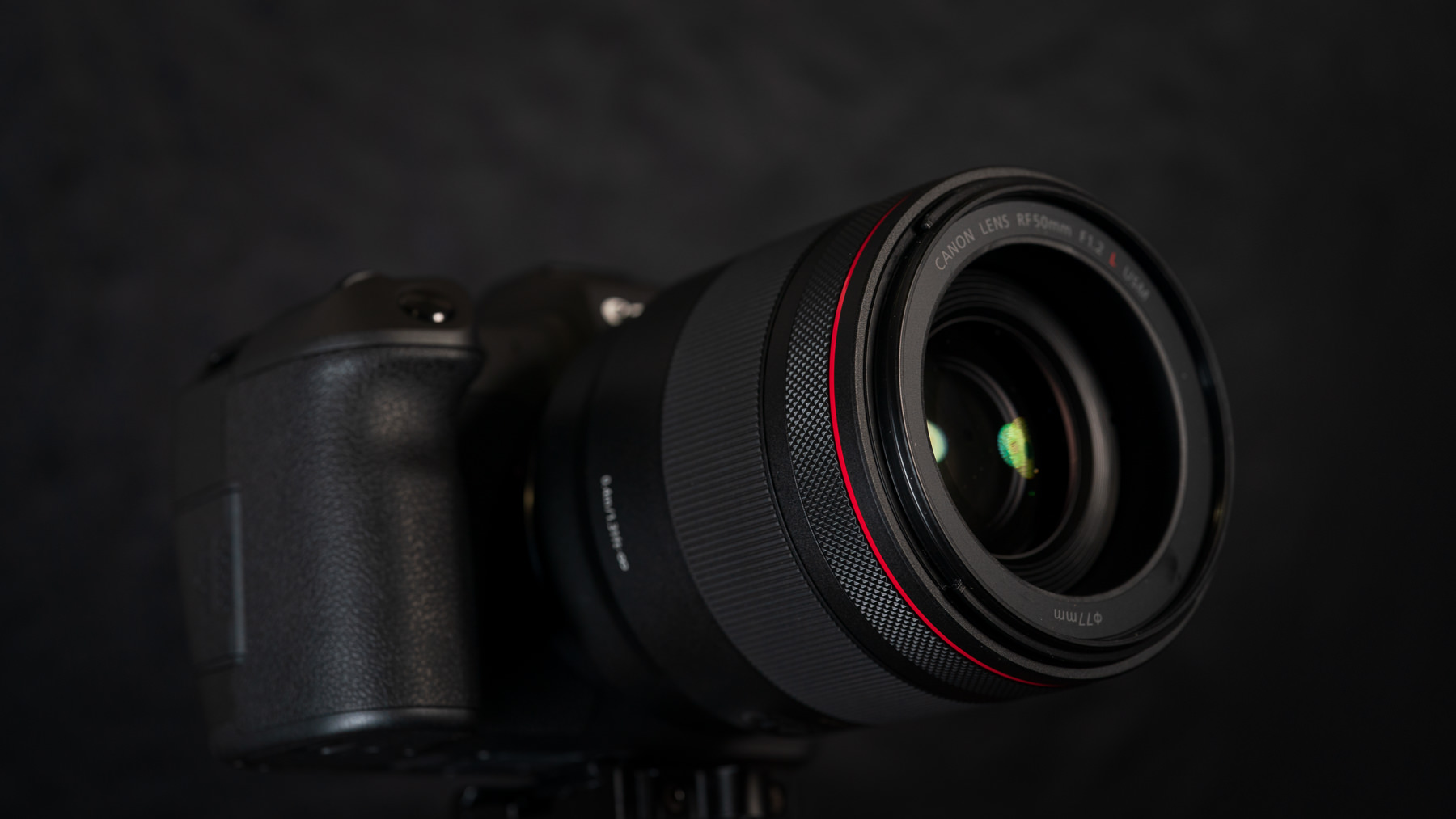

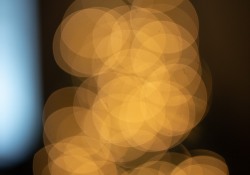



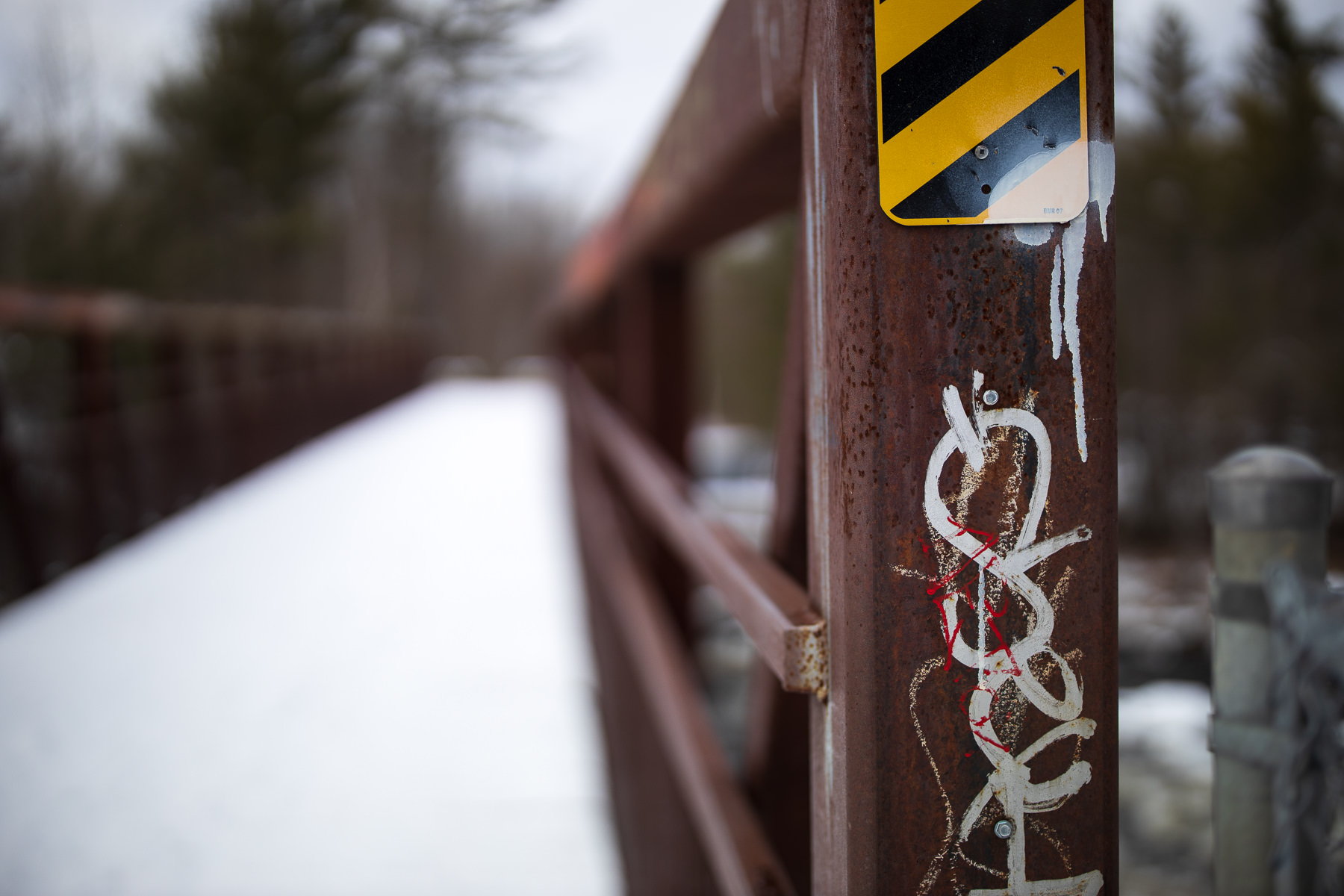


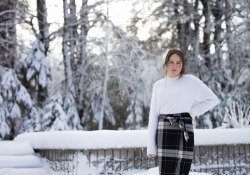






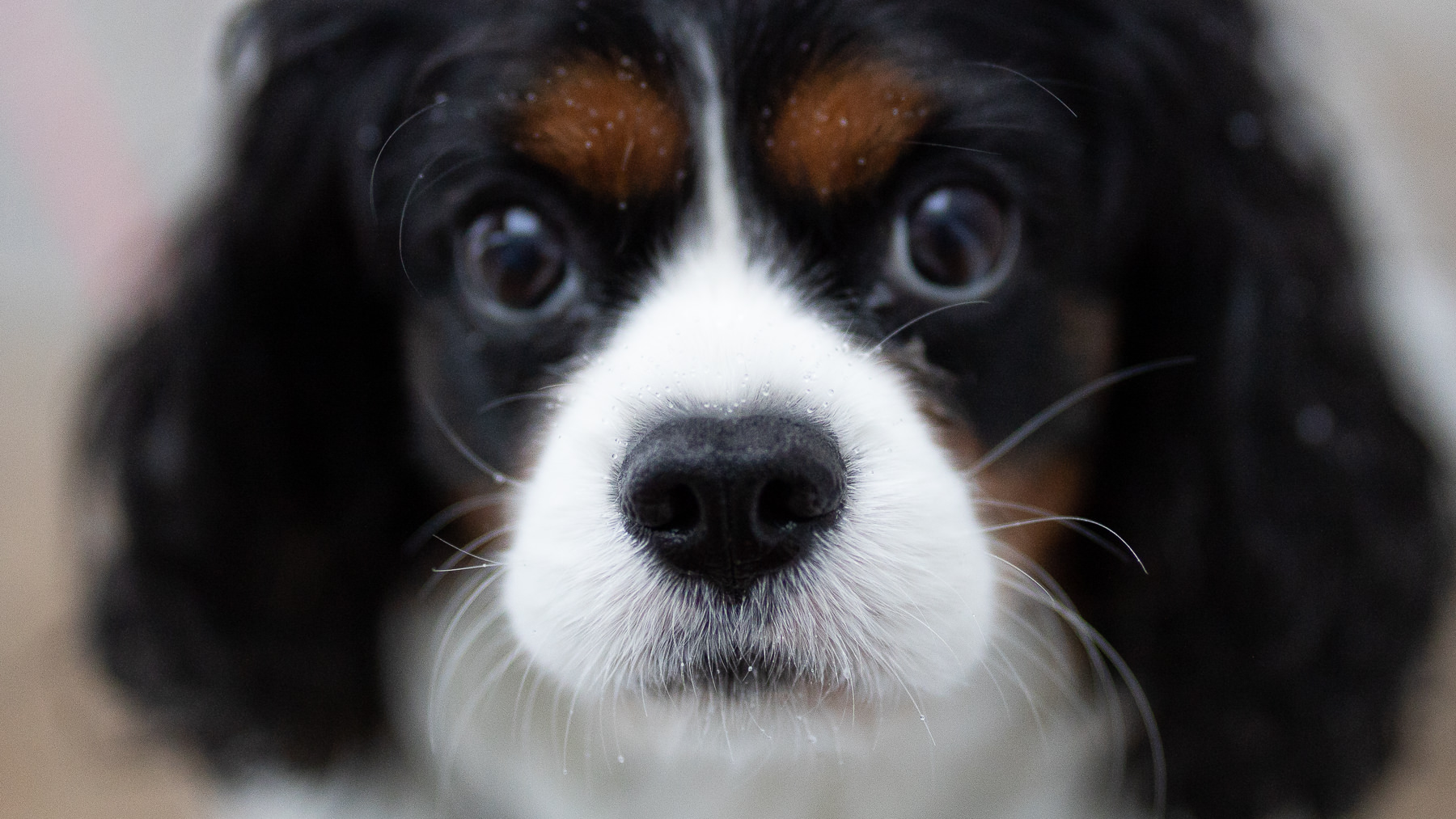

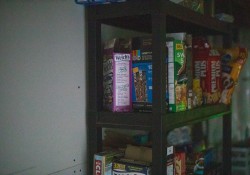


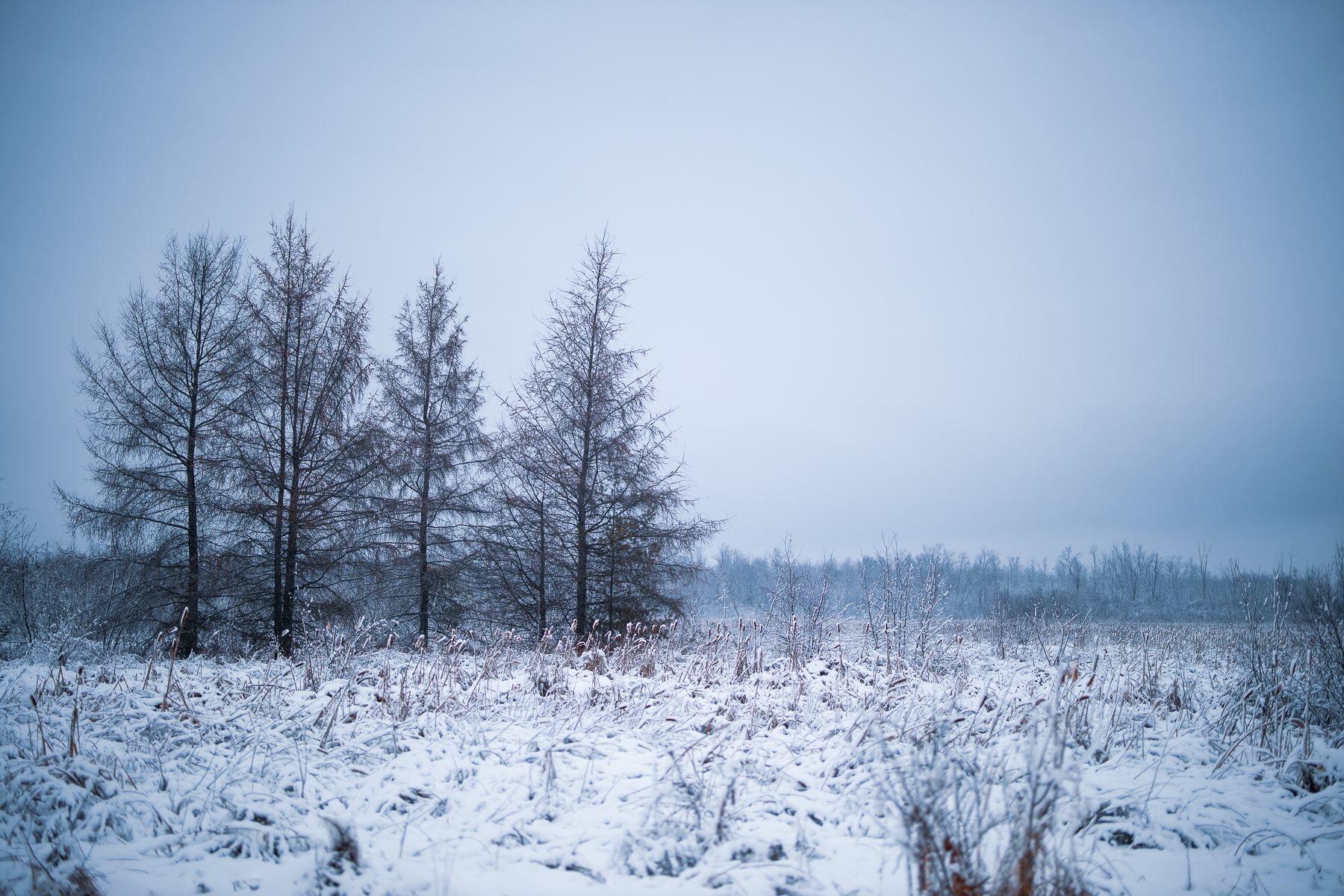
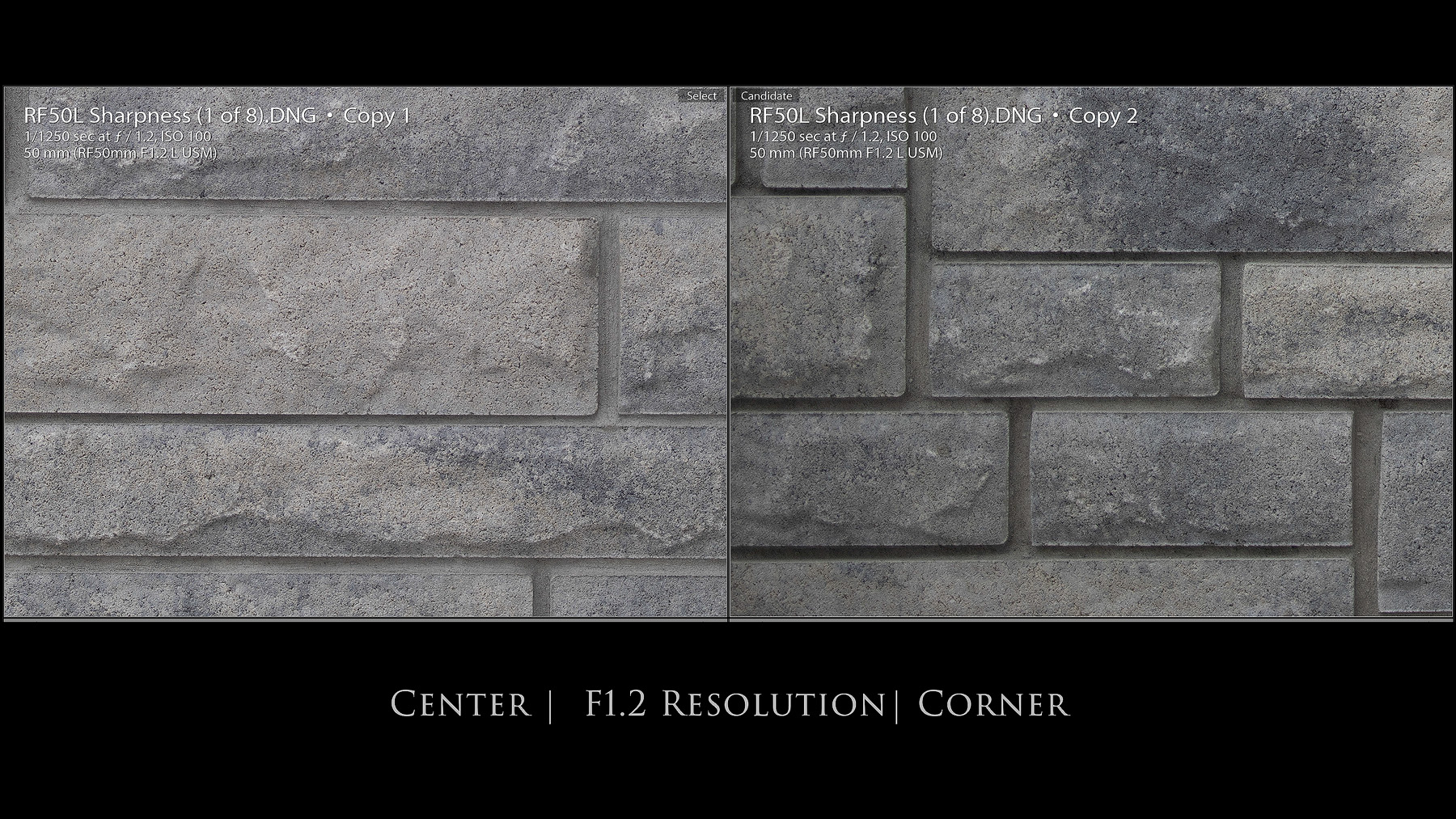







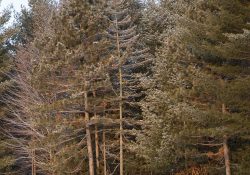



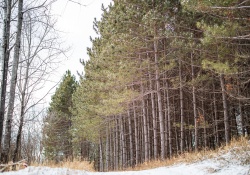

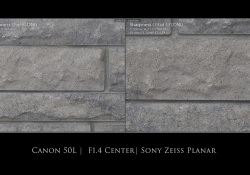
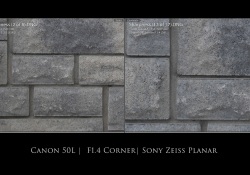
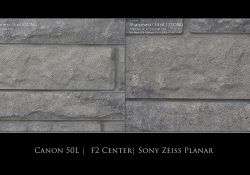
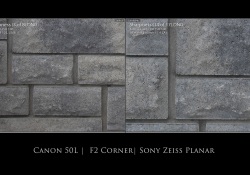
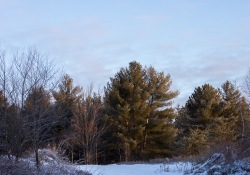
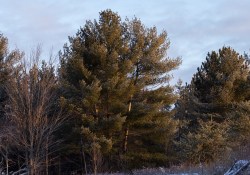
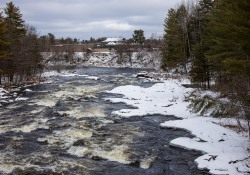

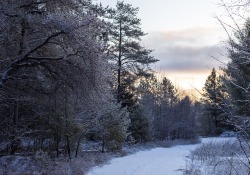
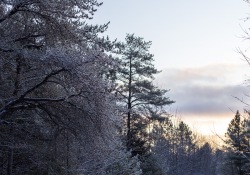
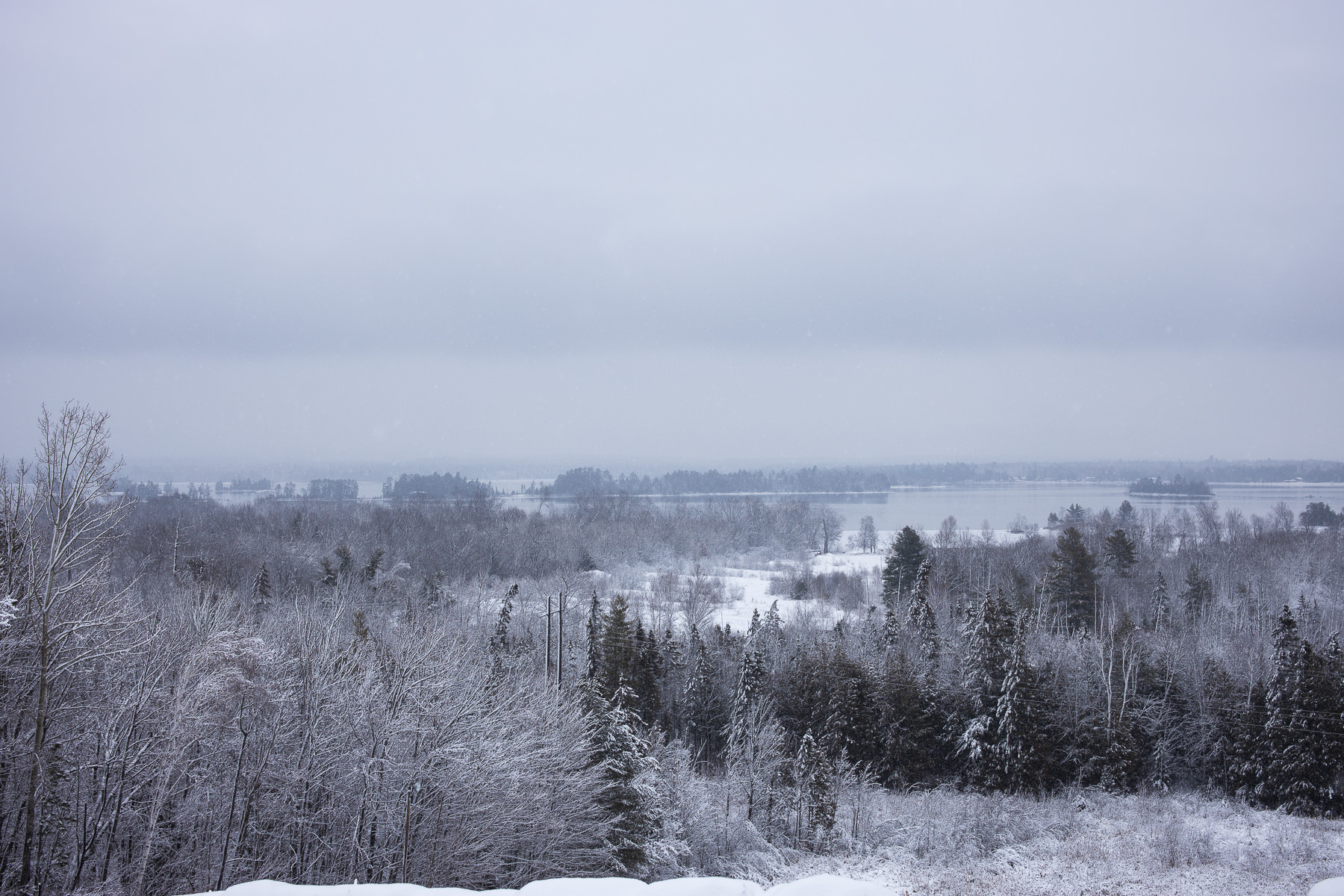
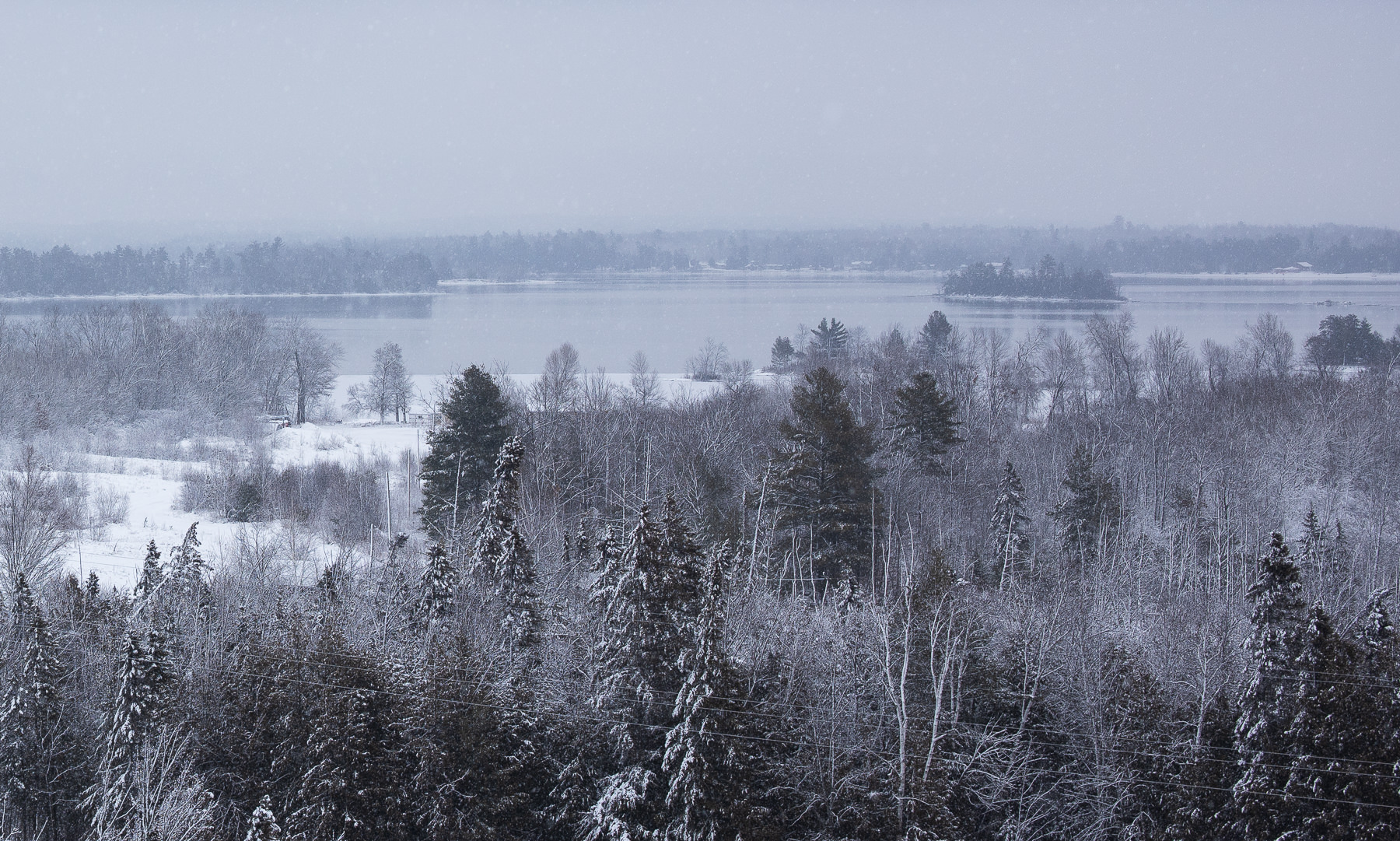

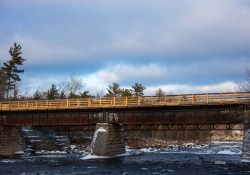

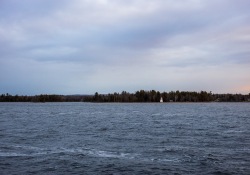
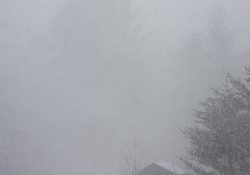
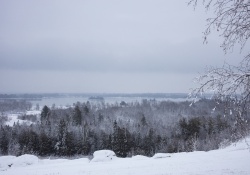

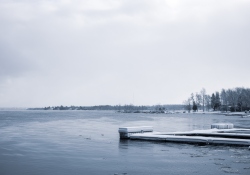

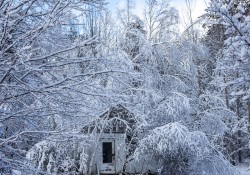
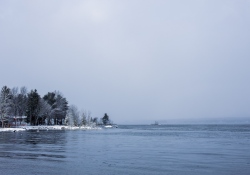
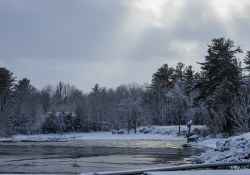
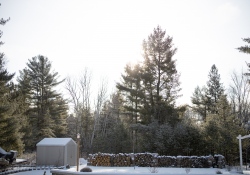

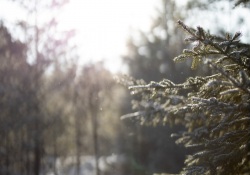


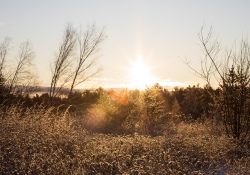
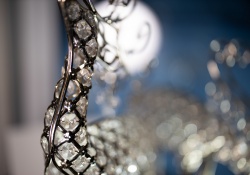





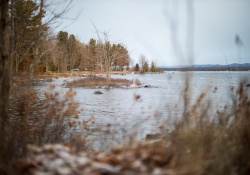





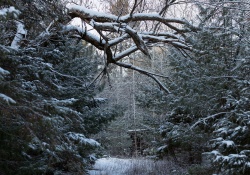

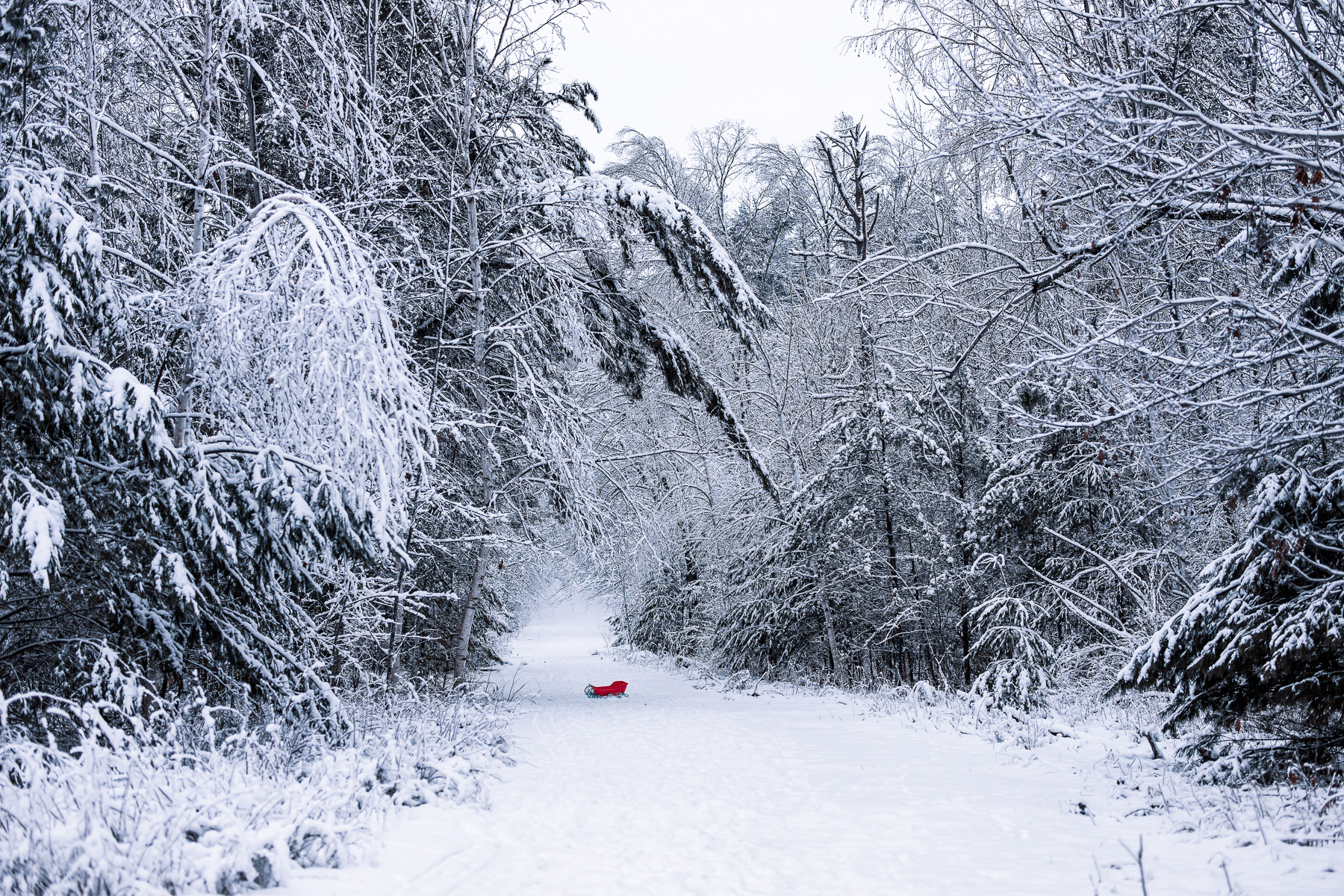
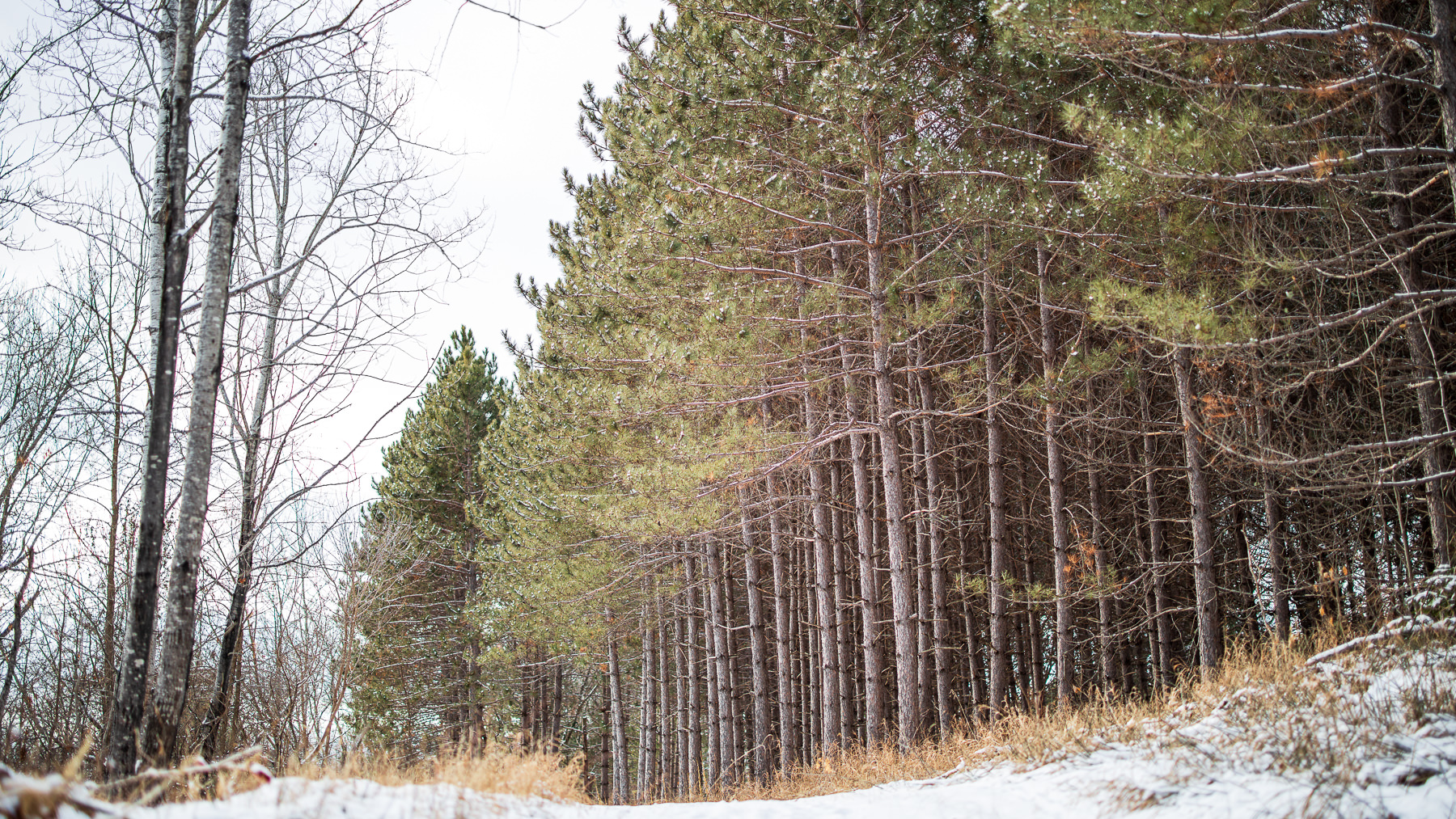



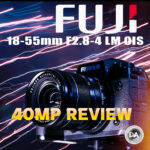 Fujinon XF 18-55mm F2.8-4 LM OIS 40MP 2024 Review
Fujinon XF 18-55mm F2.8-4 LM OIS 40MP 2024 Review  Viltrox AF 56mm F1.7 X-Mount Review
Viltrox AF 56mm F1.7 X-Mount Review 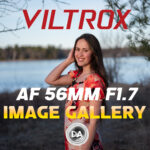 Viltrox AF 56mm F1.7 X Mount Gallery
Viltrox AF 56mm F1.7 X Mount Gallery  Zhiyun Molus X60 RGB COB Light Review
Zhiyun Molus X60 RGB COB Light Review 




